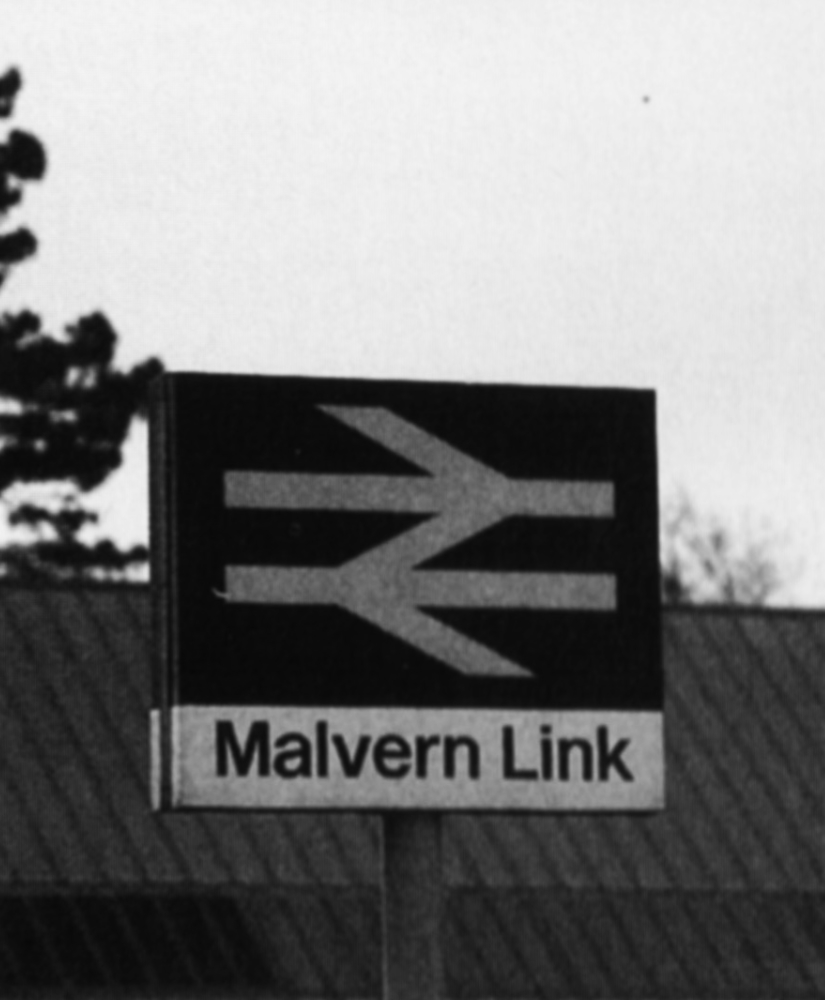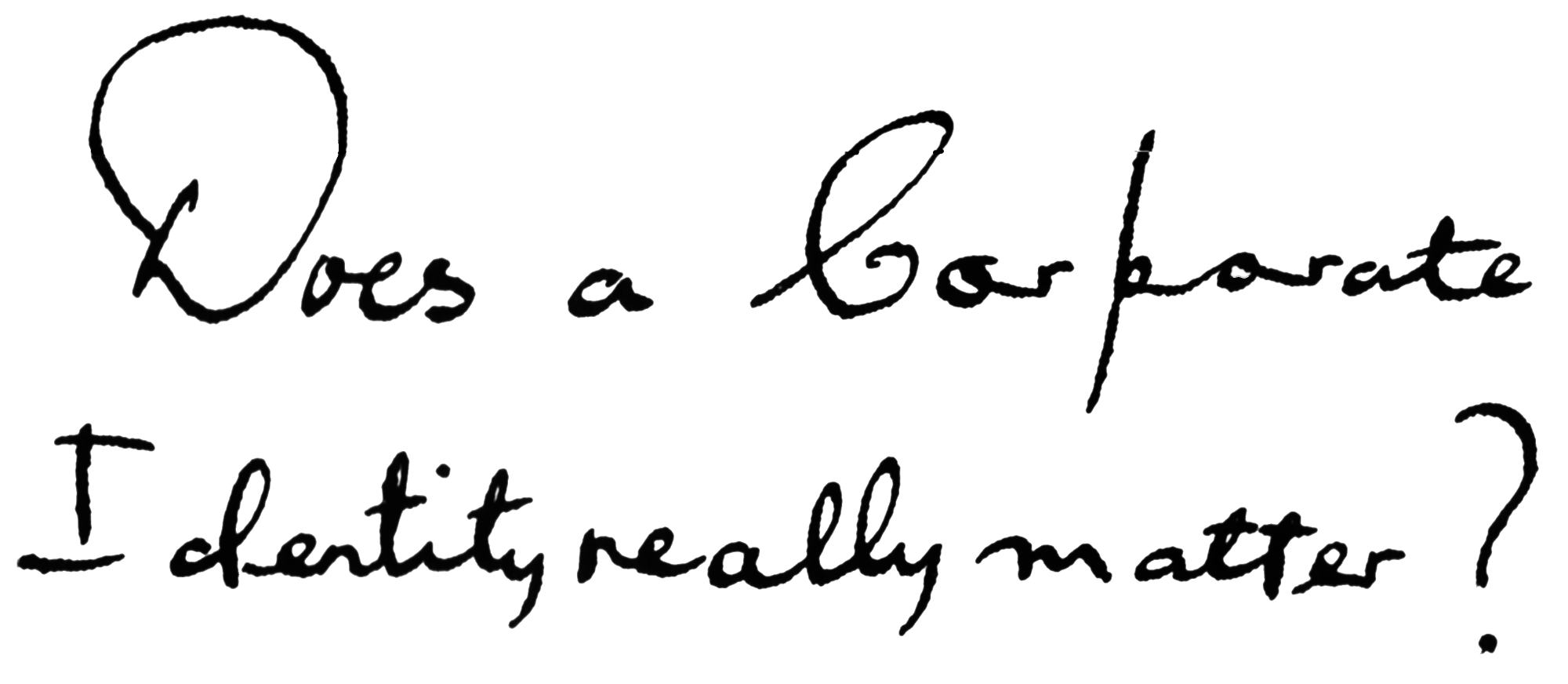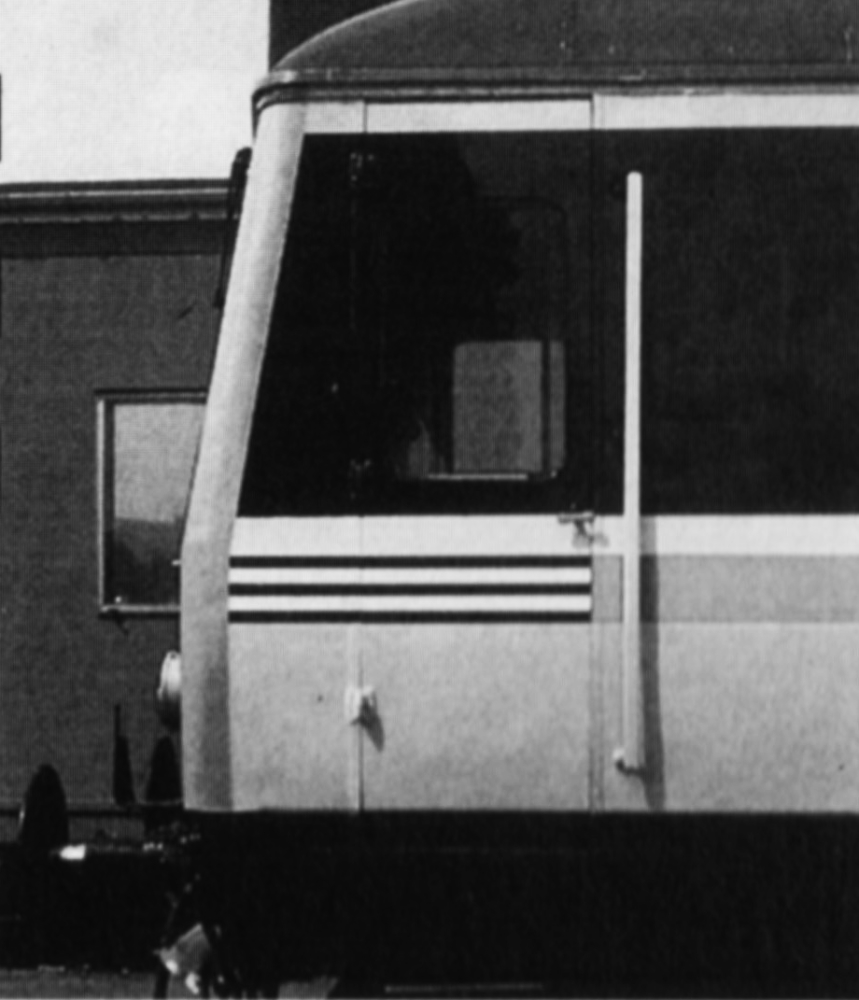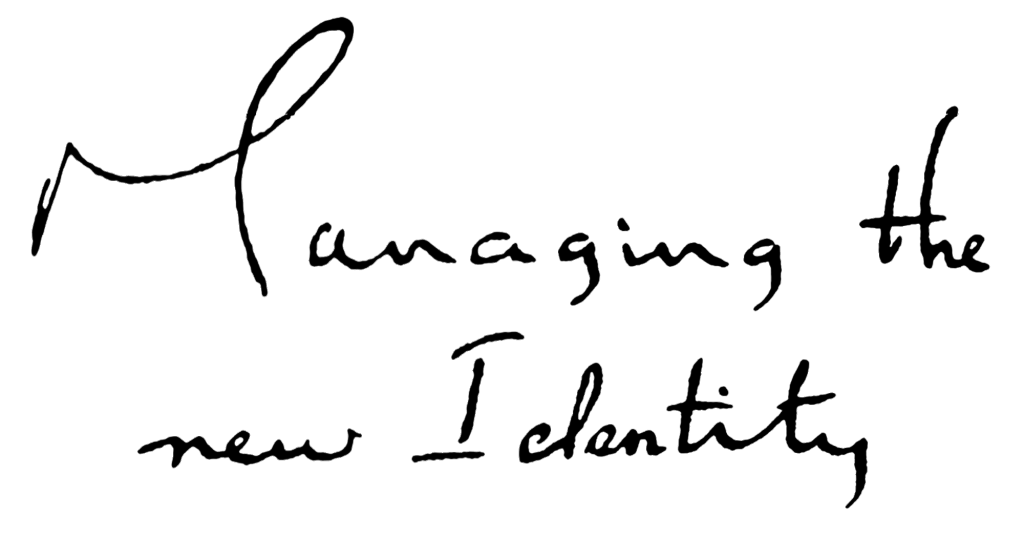


Does a Corporate Identity really matter?
Making Regional Railways into the kind of service that we'd all like to use.
Yes it does, for several important reasons. First and foremost, you, the people who make Regional Railways what it is and what it will become, need to know who and what you are working for. You need to be able to recognise everything and everyone that is part of the business if you are genuinely to feel a member of the team.
Once the team has succeeded in making Regional Railways into the kind of service that we’d all like to use – one that customers can rely on, that takes them where they want to go, in comfort and on time – the corporate identity will have become much more than a code for identifying different bits of the business. It will have become the outward visible sign of an organisation that gives its customers what they want, a service that its workforce will have built together and will be proud to live up to.
By then the corporate identity will be doing a parallel and equally important job in the eyes of the customers. It will have become a symbol of all the virtues that together add up to the “brand”: competence, reliability, high standards of care and maintenance, and friendly service. We want our customers to feel a sense of confidence whenever they recognise any part of the Regional Railways corporate identity.
A corporate identity is a two-edged sword. Its message is: “We are the people who are responsible for this service that you are receiving”. And it says that, whether the service is good or bad. We have to ensure that at all times and in all circumstances it is good or we damage the customers’ view of us and, ultimately, our business.

